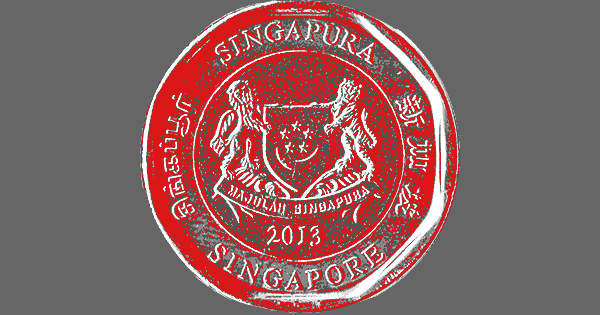
Stand Out or Fade Away: The Importance of Brand Distinctiveness
Introduction: Understanding the Power of Distinctiveness
In the bustling streets of Singapore’s business landscape, standing out from the crowd is not just a desire—it’s a necessity. As a seasoned marketing manager navigating this competitive environment, I’ve come to understand the critical importance of being distinct in a sea of similarity. In this article, we’ll delve into the nuanced difference between being different and being distinct, drawing insights from psychology, branding, and real-world examples.
The Dichotomy of Differentiation and Distinctiveness
At first glance, the concepts of differentiation and distinctiveness may seem interchangeable. However, upon closer inspection, they reveal themselves as complementary yet distinct strategies for brand success. Differentiation pertains to the unique features or attributes that set a brand apart from its competitors. On the other hand, distinctiveness refers to the memorable and recognizable elements that make a brand instantly identifiable in the minds of consumers.
The Psychology Behind Distinctiveness
To truly appreciate the power of distinctiveness, we must turn to the groundbreaking work of psychologist Daniel Kahneman and his seminal theory of dual-system thinking. Kahneman proposed that our brains operate using two distinct modes of thought: System 1, which is fast, intuitive, and unconscious, and System 2, which is slow, deliberate, and conscious. When it comes to branding and consumer behavior, distinctiveness taps into the intuitive nature of System 1, allowing brands to make an immediate and lasting impression.
The Coca-Cola Bottle: A Case Study in Distinctive Design
Few examples illustrate the concept of distinctiveness better than the iconic Coca-Cola bottle. Conceived in 1916 with a brief to create a bottle so distinct that it could be recognized by touch alone, the Coca-Cola bottle has become a timeless symbol of brand identity. Its unique silhouette, inspired by the curves of a cocoa pod, exemplifies the power of distinctive design in fostering brand recognition and loyalty.
Navigating the Threat of Sameness
In today’s hypercompetitive marketplace, the greatest threat to brands is not differentiation but rather sameness. When brands blend into the background, they risk becoming indistinguishable from their competitors, leading to a decline in consumer attention and loyalty. As marketing managers, our mandate is clear: to cultivate distinctiveness that cuts through the clutter and captures the hearts and minds of our target audience.
Embracing Distinctiveness in Your Brand Strategy
So, how can Singaporean businesses embrace distinctiveness in their brand strategy? It begins with a deep understanding of your brand’s unique identity and value proposition. From there, you can identify and amplify the distinctive elements that set your brand apart, whether it’s through visual branding, brand messaging, or customer experience.
Conclusion: Standing Out in Singapore’s Competitive Landscape
As we navigate the dynamic terrain of Singapore’s business landscape, one thing is clear: to thrive in a crowded marketplace, brands must dare to be distinct. By harnessing the power of distinctiveness, marketing managers can create brands that resonate with consumers on a visceral level, driving loyalty, advocacy, and long-term success.
Topics covered
Latest articles
Written by : Mark Rowland
Mark's been working in and interested in all things marketing since 2010.










